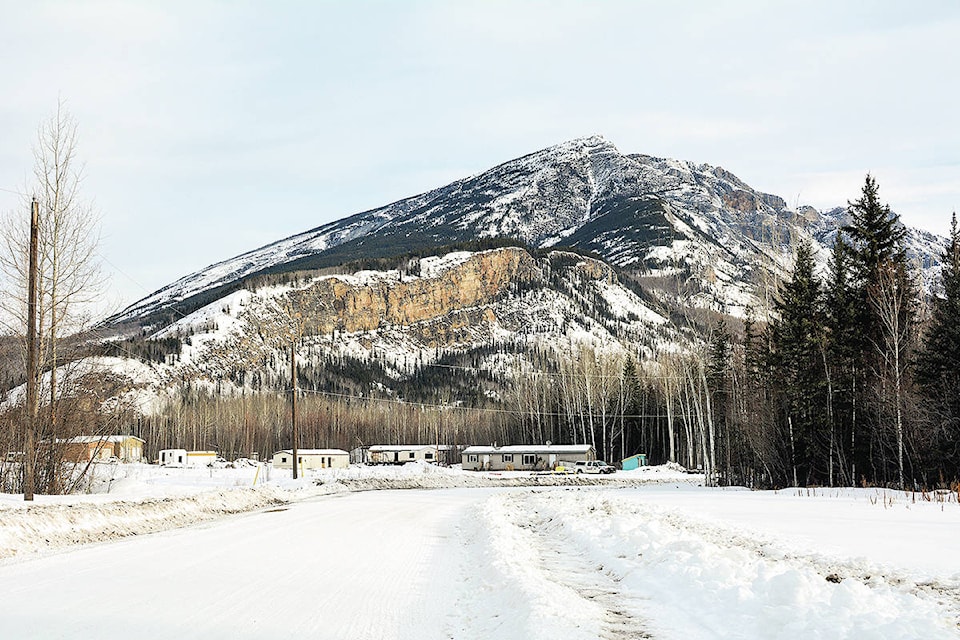Nahanni National Park Reserve has a new management plan focused on incorporating Dene culture and knowledge sharing into the park’s visitor experience.
The new plan, tabled in the House of Commons on June 11, reflects input from the Dehcho First Nations and Nah’a Dehe Dene Band of Nahanni Butte who have co-managed the park reserve for the last two decades.
“Being on the land protects the land,” Dehcho Elders are quoted as saying in the new plan, re-emphasizing the importance of future generations ensuring visitors appreciate and respect the land and water within park borders.
In the new plan, the park commits to reserving a river outfitting licence for a Dehcho-owned and operated eco-tourism business. Over the next 10 years park management says it will provide tourism business training to local Indigenous entrepreneurs. Dene Zhatie place names will also replace all non-Dene names on new promotional and media products to support the integration of the language into visitors’ experiences.
Nahanni Park, a 33,000 square kilometre area approximately 500 km west of Yellowknife, was the first Canadian site to obtain a UNESCO World Heritage Site designation.
The park – known for its views of Virginia Falls, the Mackenzie Mountains and Cirque of the Unclimbables and the South Nahanni River – is Canada’s third largest national park after Wood Buffalo in Alberta and Quttinirpaaq in Nunavut.
In addition to the focus on Indigenous partnerships, the new plan commits to protecting Nahanni’s natural resources and ecological integrity.
With climate change in mind, park management will continue to enforce the site’s monitoring with particular attention to woodland caribou and fish populations.
“National historic sites, national parks and national marine conservation areas offer important opportunities to connect with Canada’s natural heritage, including the histories, cultures, and contributions of Indigenous peoples,” NWT MP Michael McLeod said, applauding the new plan.
The plan was tabled as part of regular park review requirements under the Canada National Parks Act, which takes place every 10 years.
The whole plan can be found here.
